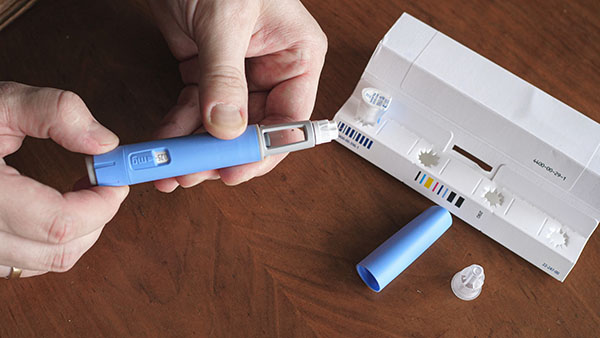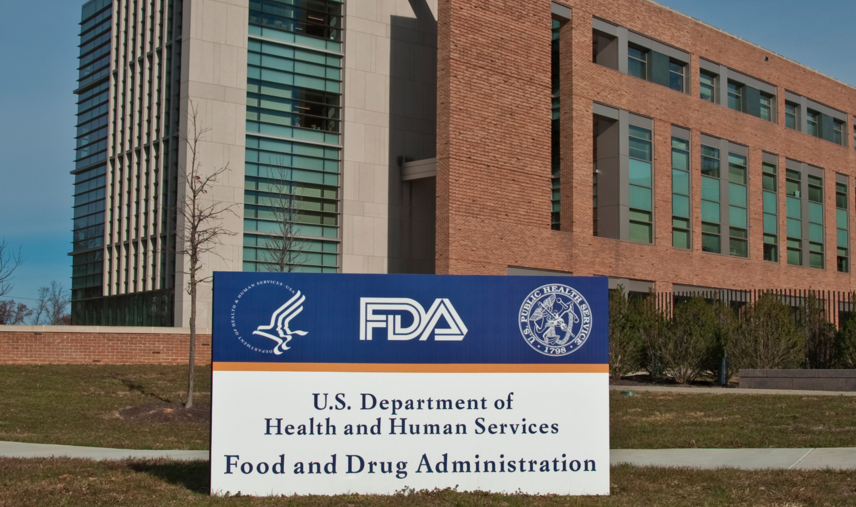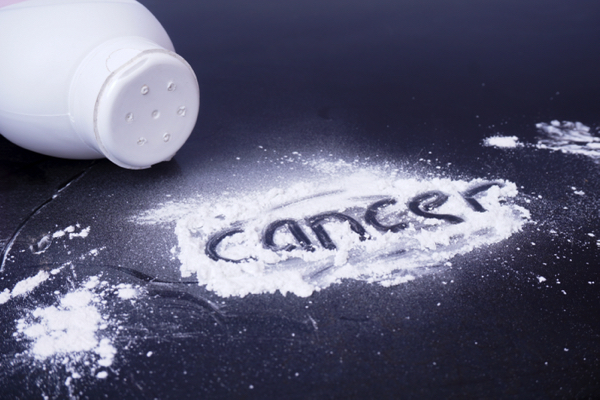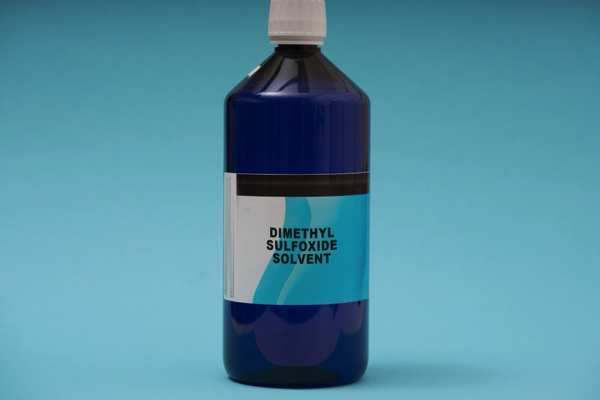Behind the swipe of lip gloss: Benzyl cinnamate’s adverse effects reveal the dark side of cosmetics
06/04/2025 / By Zoey Sky

- Benzyl cinnamate is a synthetic compound used in fragrances, food flavorings (like fruits) and personal care products for its tropical scent. It also stabilizes scents in cosmetics.
- Health risks linked to the compound, especially if consumed in large amounts, include nausea, vomiting, diarrhea and liver strain.
- Benzyl cinnamate triggers allergies, rashes and sensitivities, particularly in sensitive individuals. It may also worsen asthma or irritate airways when inhaled.
- Companies often conceal benzyl cinnamate under “fragrance,” bypassing transparency laws. Regulatory agencies like the FDA lack the power to enforce strict safety standards.
- Choose natural alternatives like citrus oils, vanilla or lavender to avoid products with benzyl cinnamate. You can also look for EWG-Verified or USDA Organic labeled products. Prevent exposure by avoiding vague labeling terms and supporting stricter regulations and clean beauty advocacy.
In an era where consumers increasingly demand transparency, the cosmetic and personal care industries continue to obscure risky ingredients that permeate your daily routine.
Among these compounds is benzyl cinnamate, a synthetic chemical praised for its fruity aroma and flavor-enhancing properties, yet it is culpable for serious health risks.
This article examines benzyl cinnamate’s role in contemporary products, its adverse effects and the urgent need for consumer awareness and safer alternatives.
What is benzyl cinnamate?
Benzyl cinnamate, occasionally referred to as phenyl ethyl cinnamate, is a synthetic aromatic compound synthesized from benzyl alcohol and cinnamic acid.
Widely used in cosmetics and food additives, its primary function is as a flavoring agent and odorant.
The compound imparts a bright, sweet and often tropical scent, a characteristic highly sought after in fruity perfumes, body sprays and lip balms. Chemically versatile, it also stabilizes fragrances, making it a staple in personal care and household products.
Industrial uses
Benzyl cinnamate’s prevalence across industries is staggering. It frequently appears in:
- Food and beverage additives – Primarily in candies, drinks and desserts to mimic fruit flavors.
- Perfumes and fragrances – Especially in products marketed as mango, pineapple or citrus-scented.
- Lip products – Often used in flavored lip balms and glosses.
- Scented creams, lotions and body oils – Added to enhance perceived “natural” allure.
- Shampoos and body wash – In formulas with tropical or exotic scent profiles.
Though typically present in small quantities, cumulative exposure to benzyl cinnamate through multiple product applications heightens health risks.
The chemical’s dangers arise from two key properties: acute toxicity when ingested in large amounts and allergenic effects on the skin.
Oral toxicity
When swallowed in significant quantities, which might occur in cases of accidental ingestion by children or excessive use of flavored products, benzyl cinnamate can trigger gastrointestinal distress, including nausea, vomiting and diarrhea.
In extreme cases, it may overload the liver’s detoxification pathways, leading to hepatotoxicity. While lethal doses are uncommon, the lack of safety thresholds for long-term exposure remains unresolved.
Skin and airway sensitization
Benzyl cinnamate is a moderate skin irritant and documented allergen, particularly for those with sensitive skin. Contact dermatitis, characterized by redness, itching and blistering, is a common reaction.
Worse still, the compound’s volatility means it can enter the respiratory system, exacerbating asthma or causing nasal irritation in poorly ventilated environments.
Unverified long-term risks
Despite its widespread use, comprehensive studies on benzyl cinnamate’s chronic effects are scarce. However, its chemical structure shares similarities with other allergens linked to immune system disruption.
In light of this, the EU Scientific Committee on Consumer Safety (SCCS) has flagged it as a substance requiring further scrutiny. (Related: Harmful ingredients in personal care products.)
Industry transparency: A deliberate omission
The cosmetics industry’s opacity surrounding ingredient safety is well-documented.
Companies often exploit loopholes in labeling laws, such as masking benzyl cinnamate within vague terms like “fragrance” or “parfum,” which legally shield proprietary formulations.
This practice conceals the compound’s true presence, leaving consumers unaware of the risks.
Meanwhile, regulatory bodies like the Food and Drug Administration (FDA) lack the authority to enforce safety standards effectively, allowing benzyl cinnamate, along with thousands of other untested chemicals, to remain mainstream.
Alternative products without benzyl cinnamate
The absence of disclosable risks associated with benzyl cinnamate has spurred demand for cleaner ingredients.
Botanical extracts and essential oils, though imperfect, offer safer aromatic profiles:
- Citrus oils (bergamot or orange) – Bergamot and orange essential oils naturally produce zesty notes.
- Lavender oil – Lavender essential oil has a floral, calming aroma.
- Vanilla extracts – Vanilla extracts naturally add sweetness akin to citrus without synthetic additives.
Brands adhering to Environmental Working Group (EWG) Verified or United States Department of Agriculture (USDA) Organic certifications are less likely to use benzyl cinnamate.
Yet, even these products are not entirely immune, highlighting the need for proactive consumer research.
How to detox from benzyl cinnamate
Removing benzyl cinnamate from the body relies on liver enzymes and renal function.
Though no specific detox regimens exist, strategies to support metabolic function include:
- Antioxidant-rich diets – Foods like leafy greens and berries boost detox pathways.
- Hydration – Hydration helps aid kidney filtration of toxins.
- Probiotic supplementation – Enhancing gut health can reduce the absorption of harmful compounds.
However, excessive exposure may surpass the body’s capacity to process the chemical, underscoring prevention as the most reliable defense.
Benzyl cinnamate epitomizes the fraught relationship between corporate interests and public health. While companies capitalize on their sensory appeal, consumers bear the burden of its risks, which are often hidden in plain sight.
Advocacy groups and independent media must continue to amplify awareness, while legislative mandates for ingredient transparency and safety testing are imperative.
Until then, choosing products free of ambiguous labels and synthetic additives like benzyl cinnamate remains the most potent form of resistance.
This story is not medical advice and is not intended to treat or cure any disease. Always consult with a qualified naturopathic physician for personalized advice about your specific health situation or concern.
Visit NaturalNews.com, an excellent resource for related articles about harmful cosmetic ingredients and safer natural alternatives. This platform allows you to explore the world of harmful ingredients and safer alternatives.
You can also try Brighteon.ai, an AI model created by Mike Adams, also known as the Health Ranger. This model is available as a free download to be run locally and is designed to help share and decentralize knowledge. By doing so, it aims to bypass censorship and empower people with knowledge.
If you’re looking for an uncensored video free speech website where you can openly discuss nutrition, natural medicine, ingredients and more, check out Brighteon.com. Brighteon.IO and Brighteon.social are two free speech social media sites that also enable users to openly discuss health, nutrition, ingredients, toxicity and related topics without censorship.
Visit Health Ranger Store and Brighteon Store to find lab-verified skincare products that are free of harmful chemicals.
Watch the video below to learn how collagen can help support healthy skin.
This video is from the Health Ranger Store channel on Brighteon.com.
More related stories:
Harmful ingredients in your shampoo: What you need to know.
Consumer beware: Harmful ingredients in toothpaste and natural alternatives you can use.
The hidden dangers of BHA in cosmetics: A closer look at this controversial additive.
Sources include:
Submit a correction >>
Tagged Under:
allergens, allergies, benzyl cinnamate, Cosmetics, Dangerous, deception, health science, poison, products, skin care, skin health, Suppressed, toxic chemicals, toxic ingredients, toxins, women's health
This article may contain statements that reflect the opinion of the author





















